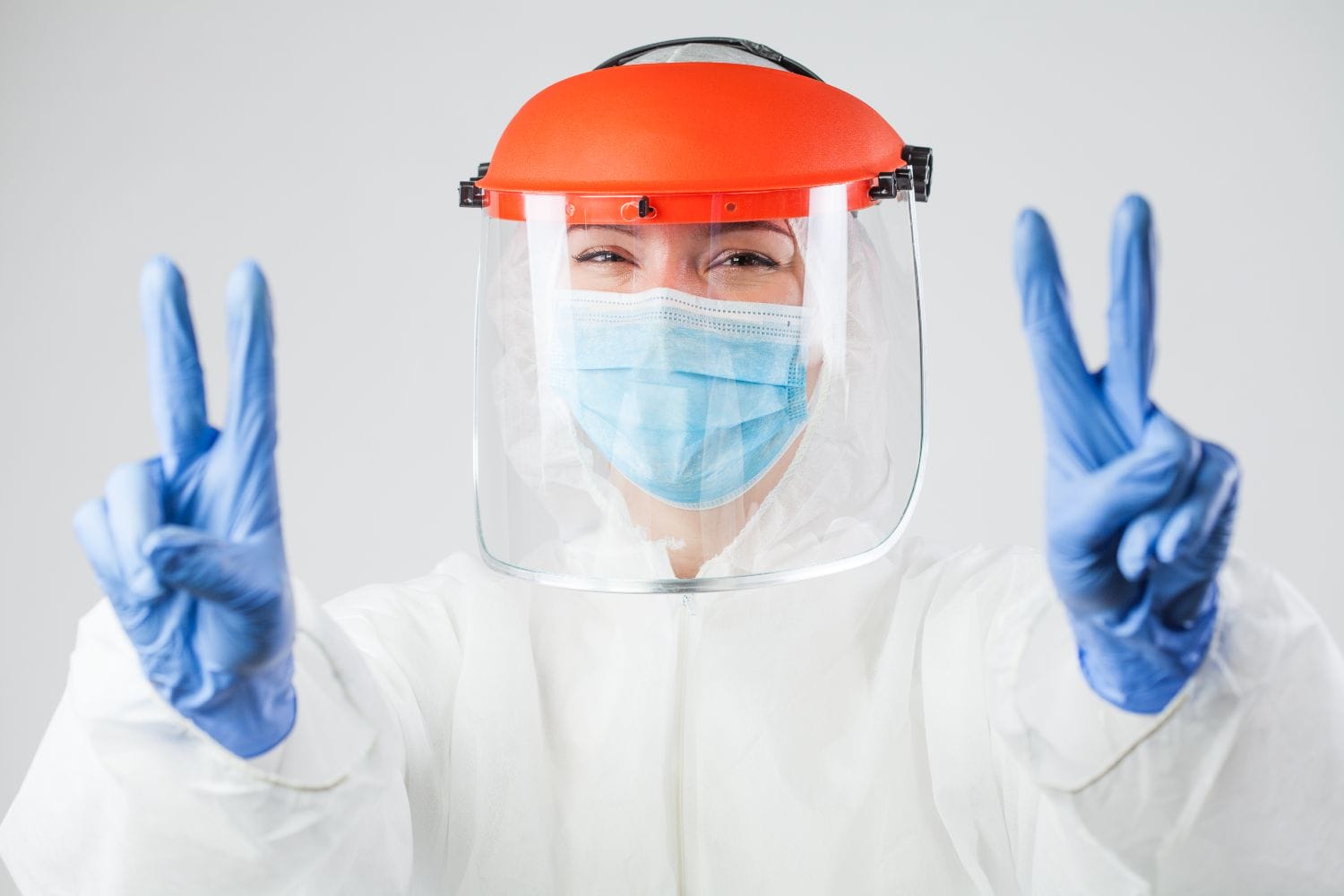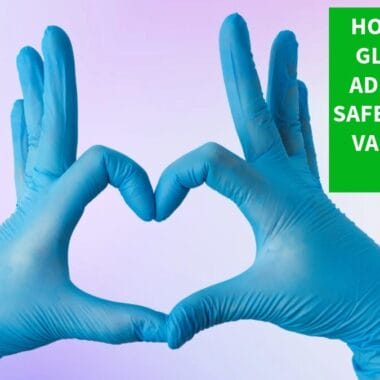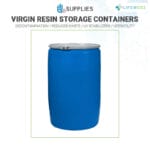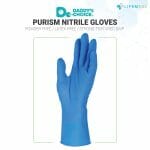What is High-Protection PPE?
High-Protection PPE (Personal Protective Equipment) refers to specialized protective gear designed to provide advanced defense against severe hazards in high-risk environments. This type of PPE offers a higher level of protection compared to standard PPE and is engineered to guard workers from dangerous substances, chemicals, airborne pathogens, high-impact forces, extreme temperatures, or radiation. High-protection PPE includes equipment such as full-face respirators, chemical-resistant suits, flame-resistant clothing, and specialized gloves that meet stringent safety standards for extreme conditions.
High-protection PPE is used in industries such as healthcare, chemical processing, construction, firefighting, and industrial manufacturing, where the risks of exposure to harmful agents are significantly elevated.
Importance of High-Protection PPE in the Enterprise Environment
In industries where workers are regularly exposed to life-threatening hazards, providing high-protection PPE is essential to ensuring safety, minimizing accidents, and maintaining compliance with regulatory standards. High-protection PPE shields workers from hazardous materials, such as toxic chemicals, corrosive agents, infectious pathogens, and fire. For instance, in healthcare environments, high-protection PPE is necessary during the handling of infectious diseases, while in industrial settings, it is critical for workers dealing with chemicals or heavy machinery.
Regulatory bodies such as OSHA (Occupational Safety and Health Administration) and NIOSH (National Institute for Occupational Safety and Health) have strict guidelines for the use of high-protection PPE in high-risk industries. Enterprises are required to equip their workers with the appropriate level of PPE to mitigate workplace injuries, prevent long-term health impacts, and avoid costly legal penalties.
Providing high-protection PPE also promotes worker confidence and productivity by ensuring that employees are equipped with the best defense against potential hazards. In emergency situations, such as chemical spills or outbreaks, high-protection PPE is crucial for rapid response and damage mitigation.
Types of High-Protection PPE
1. Full-Face Respirators
- Purpose: Protects the respiratory system and face from toxic fumes, gases, and airborne pathogens.
- Common Uses: Chemical processing, healthcare, firefighting.
2. Flame-Resistant Clothing
- Purpose: Shields workers from heat, flames, and electrical arcs.
- Common Uses: Welding, oil and gas industries, firefighting.
3. Chemical-Resistant Suits
- Purpose: Provides full-body protection against hazardous chemicals and solvents.
- Common Uses: Laboratories, chemical processing plants.
Managing High-Protection PPE with Enterprise Software
Enterprise software solutions can help businesses effectively manage high-protection PPE by automating inventory tracking, usage monitoring, and compliance management. Key features include:
- Inventory Management: Track stock levels and ensure timely replenishment of high-protection PPE to prevent shortages.
- Compliance Monitoring: Ensure that PPE meets OSHA, NIOSH, and other regulatory standards for workplace safety.
- Maintenance Scheduling: Automate cleaning, inspection, and replacement schedules to ensure that high-protection PPE is always in optimal condition.
Conclusion
High-Protection PPE is essential for safeguarding workers in environments where the risks of exposure to harmful materials or extreme conditions are elevated. By using high-protection PPE, enterprises can ensure worker safety, comply with industry regulations, and reduce the likelihood of workplace injuries or accidents. Managing this PPE through enterprise software optimizes inventory, ensures regulatory adherence, and helps businesses maintain a safe and productive work environment.
« Back to Glossary Index

















